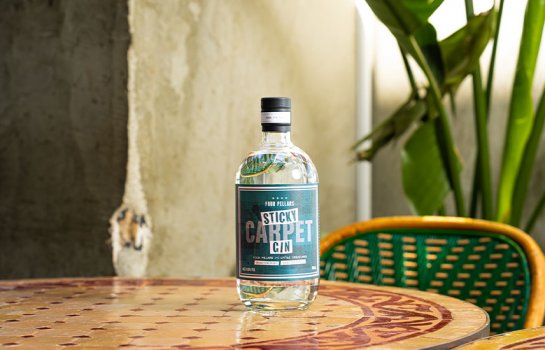
The Grocer: Carob
Native to the eastern Mediterranean region where it has a 4000-year history, the fruit of the carob tree is hidden in its edible pods.
Technically a legume, the carob pod is sometimes known as a Locust Bean or as St. John’s Bread, as it was thought to have been what John the Baptist feasted on in the wilderness. The seeds found inside the carob pod were once used to calibrate the weight of gold, which is why the plant’s name comes from the word ‘carat’.
The pods and seeds of the carob plant are both edible, and the pod is a rich source of sucrose as well as vitamins A and B. It may seem a gender-neutral plant, but there are male carob trees, female carob trees and hermaphrodite carob trees. The more masculine trees, however, do not produce any carob pods – they simply exist to produce flowers for pollination of the female trees. Ain’t love grand?
Carob pods are commonly ground into a powder and used as a cocoa substitute, due to the fewer number of calories in carob. Carob is almost fat free, rich in pectin, non-allergenic and has a high protein content. This resilient plant survived an ice age and has continued to flourish since. Its resilience to harsh climates and poor soils has made it a reliable, widely cultivated food source, particularly during times of drought.
You can use carob, in its many forms, as you would chocolate – and experience less of those guilty thoughts to boot. Try using it in hot or cold beverages, baking it in muffins, whipping up a chia or peanut butter pudding, or making a sweetly rounded treat and some decadent brownies. You can find The Carob Kitchen powder, syrup and milk-bar range at a number of grocers locally.
The Stumble Guide is our comprehensive Brisbane dining guide with more than 2400 places to eat, drink, shop and play.



